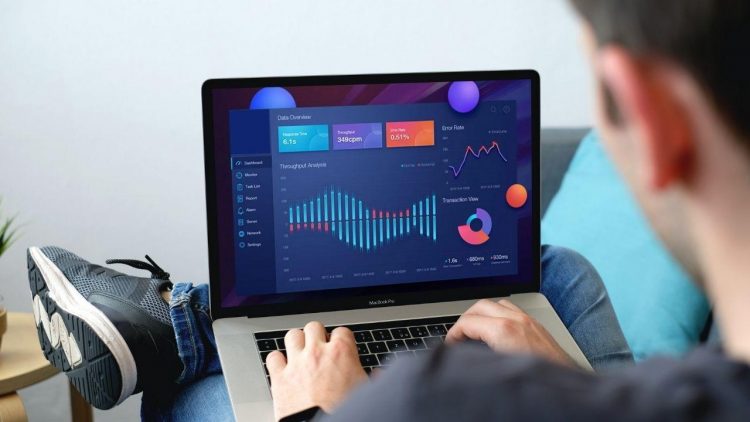Image Credits: Monitoring 3PL Operations
Choosing a third-party provider for managing your inventory and distribution has become a need of the current e-commerce market. Once you find an excellent 3PL company, your processes become smooth and more optimized. A 3rd party logistics company acts as an eCommerce fulfillment company.
It is important to monitor the performance of your 3PL Sydney operations in order to ensure that they are running steadily.
Key Performance Indicators, simply known as KPIs, are effective measures to help you analyze performance. Following are the five most important KPIs for monitoring 3PL company operations.
- Inbound Timeliness Receiving
The ability of the 3PL to process inventory (inbound) timely is measured by inbound receiving timeliness, which is also known as “dock to stock.”
The clock for this key performance indicator (KPI) starts when the order arrives at the 3PL facility and stops when the stock has been evaluated, put away to a pick face or bulk storage site, and the 3PL has validated that it is ready to dispatch.
- Timeliness Dispatch
The order fulfilment efficiency in a process is measured by the dispatch timeliness.
This KPI’s clock starts ticking when the 3PL receives an outbound order and stops ticking when the order gets picked, packaged, and gets ready for shipment or carrier collection.
The expected service level will vary that depend on the type of the order and the level of service agreement of the 3PL.
For eCommerce or “at once orders,” shipment the same day is a standard expectation (where no future delivery is indicated).
- Accurate Inventory Control
The outbound order fulfilment phase is where inventory accuracy is finally assessed.
If an item is required to be picked and cannot be identified throughout the order fulfilment process, there is definitely an issue with the integrity of what is shown as stock on hand in the 3PL’s warehouse management system (WMS) and what is really situated in the pick face or bulk storage site.
Inventory accuracy issues can arise as a result of errors in the receiving and put away processes, as well as the order fulfilment process. They might also be caused by theft or pilferage while the goods are being stored at the 3PL location.
- Returns Processing
The capacity of the 3PL to handle returned products in a timely way is measured by the processing returns timeliness.
Previously, items were only returned if they arrived damaged or malfunctioning, or if they were returned to correct warehouse picking and/or error in shipping.
The volume of these sorts of cases used to be much smaller as a percentage of items shipped, but owing to a growth in the number of eCommerce orders, the volume is now much greater. Many online businesses provide free returns to persuade people to buy, and as a result, shoppers will purchase various colors or sizes with the aim of returning what they don’t want.
- Cost Per Unit Transported/Shipped
The CPU (cost per unit) sent KPI as a measurement of total cost of the operations (3PL) using shipment units as the collective denominator besides the other 4 KPI evaluate the performance of the process.
Although it is critical to track the entire and combined costs of every activity (receiving and storage, storage, and order fulfilment), employing a relative measure allows for a more accurate comparison between every period of cost.
Increasing outbound traffic will, of course, raise the 3PL’s total costs.
Because of client needs, the cost components for each activity might vary, it’s impossible to compare the expenses of one 3PL operation to another. The objective is to be able to see irregularities in the cost per unit sent from one period to the next, figure out what’s causing them, and take the required actions to fix it.

